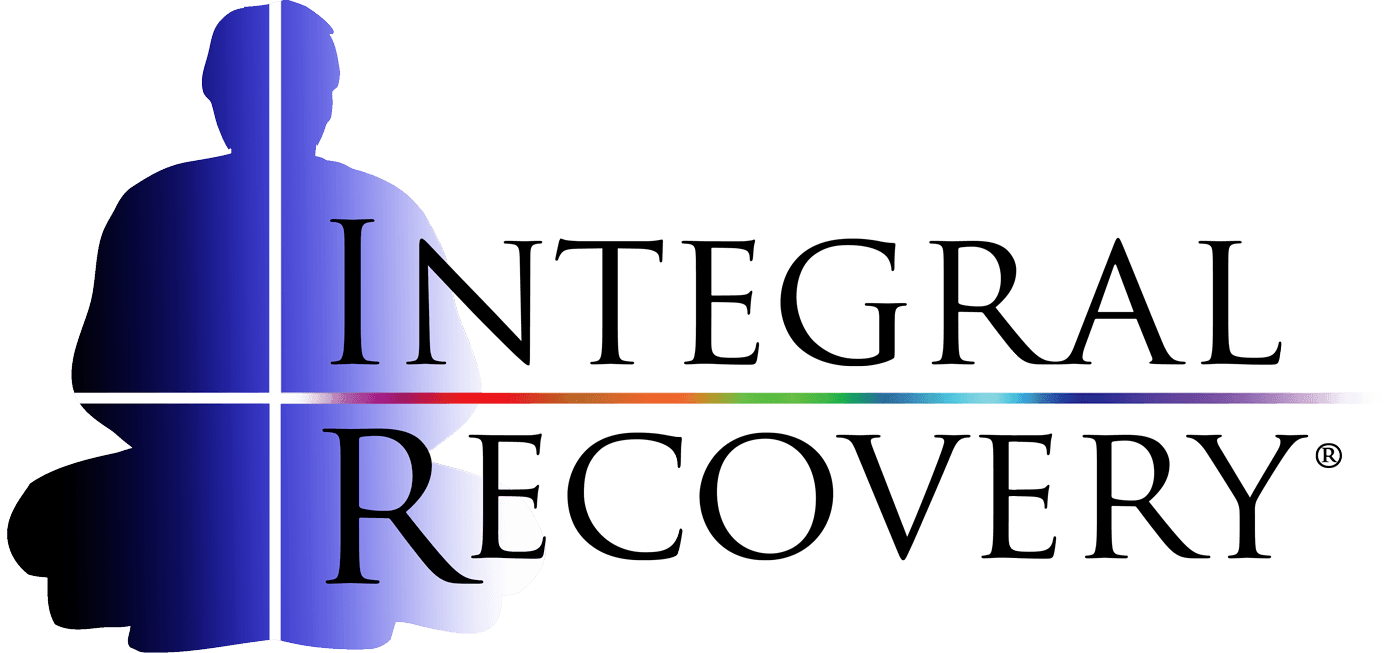Purifying the Shadow and the Prayer of Saint Francis
One way to get at one’s shadow motives is to simply look deeply into any emotions, thoughts, or feelings that arise in meditation—or any other time. As we continue to let awareness penetrate the objects of consciousness as they arise, they will reveal themselves to us ever more deeply, until they too are empty or so translucent as to be almost not there, or as light as feathers.
In this method we really seem to be burning off karma (or our previous conditioning) as we identify less and less with the objects in our awareness (body, thoughts, emotions, feelings, etc.) and become the pure space of awareness in which all these “things” arise. In this way, our stuck points are liberated and metabolized into the pure light and energy that fuel our further unfolding and healthy evolution.
Another time-honored method is a simple 2nd-person prayer to your Higher Power, asking for a pure heart and virtuous motives. As Jesus beautifully put it in the Sermon on the Mount, “Blessed are the pure in heart, for they shall see God.” I would like to offer a prayer that I have used for years in my contemplative practice—the Prayer of St. Francis. There is no historical evidence that Francis ever wrote the prayer, but whatever the source it sure seems to have nailed the spirit and essence of the man, one of my all-time spiritual heroes.
This prayer is so dead-on and powerful that it has been used and adopted by many other traditions besides Christianity. I’ve also found that when one does visualizations, affirmations, or prayers in the very deep brainwave states facilitated by binaural brain entrainment technology, the experience becomes very powerful and deeply imprinted into one’s unconscious mind. It can help heal, purify, and focus the power of the unconscious in ways were are just beginning to understand. This certainly can be a very powerful and effective part of your Integral Recovery Practice.
I would like to quote the Prayer in its entirety here, because of its beauty and power as a contemplative tool, but also in homage to Bill Wilson and the Big Book of AA, which also quotes this great prayer.
Lord, make me a channel of thy peace;
that where there is hatred, I may bring love;
that where there is wrong, I may bring the spirit of forgiveness;
that where there is discord, I may bring harmony;
that where there is error, I may bring truth;
that where there is doubt, I may bring faith;
that where there is despair, I may bring hope;
that where there are shadows, I may bring light;
that where there is sadness, I may bring joy.
Lord, grant that I may seek rather to comfort than to be comforted;
to understand, than to be understood;
to love, than to be loved.
For it is by self-forgetting that one finds.
It is by forgiving that one is forgiven.
It is by dying that one awakens to eternal life.
Amen.
This 2nd-person relationship to the divine is one of the gifts on the Integral approach to spirituality that Ken Wilber elucidates in his book Integral Spirituality. Many of us lost this sense of intimacy with Spirit when we grew beyond the mythic, absolutistic stage of the Blue meme (in Spiral Dynamics). We thought it was childish or superstitious. Wilber has shown how we can re-own this relationship to the Divine in a more Integral manner. In fact, not only can we a have full, deep, authentic 2nd-person relationship to God or Spirit, but if we aren’t at least open to it we impoverish ourselves by leaving out an essential perspective (namely, the I-Thou or sacred “we”). This is good news to you closet lovers of God. And for those of you who have never experienced this sort of relation with Spirit, give it a shot.
The literature describing this sacred relationship to Spirit as Other is ancient, rich, and deep. To use this perspective in our spiritual practice deepens the quality of our inner work. For a more complete unpacking of this phenomenon and practice, see Wilber’s CD-set The 3-2-1 of God.
